With the Vivid Light, Music & Ideas Festival in full swing in Sydney from May 27 until June 18 this year, it’s the perfect time to teach light & colour with your students. Not familiar with the Vivid Festival? Think a laser light show on a city-wide scale whereby images, patterns and colours are projected in a dazzling display across Sydney Harbour onto famous landmarks such as the Sydney Opera House, the Sydney Harbour Bridge, the Museum of Contemporary Art and more. Themed against a musical backdrop and including performances and thought leadership workshops, the Vivid Festival is one of the biggest tourist events in Sydney.
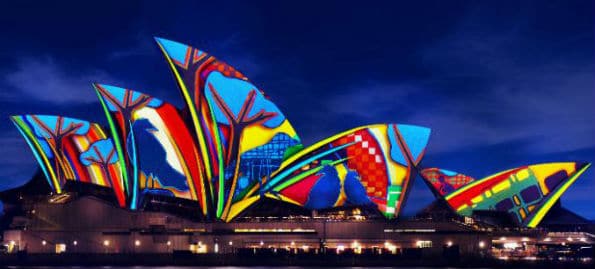
As one of Vivid’s main attractions is the highly visual laser display on Sydney’s landmark buildings, this is the perfect time to demonstrate how light colours can be mixed and how lasers can be used. Below are just a few ideas that you can link not only with the Vivid colour & light displays but also with day to day life.
- Colour mixing using spotlights
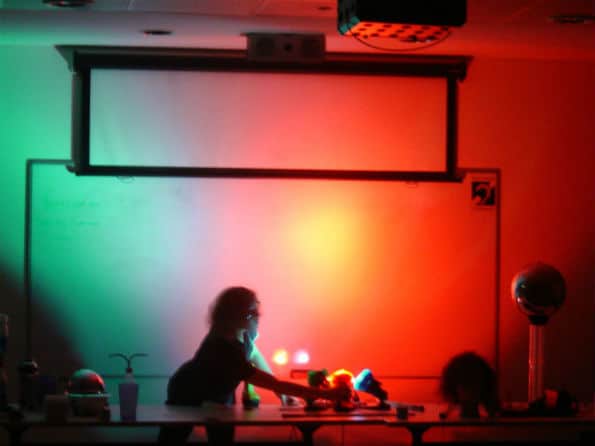
We use this demonstration all the time with our light & colour school visit. Get yourself some coloured spotlights mix primary and secondary colours of light with your students in a darkened room. It may be useful have to have a magnifier with you, as you can then focus the lights onto a projector screen and show the colour mixing more clearly.
You could even make coloured shadows!
- Shine a laser through bent acrylic
This is an incredibly effective demonstration of Total Internal Refraction, which basically shows that light can be trapped inside certain materials and therefore be transferred from place to place extremely efficiently. I’ve also seen this done via shining lasers through jelly too! When light hits a boundary between two different substances it can bend – also known as refraction. This can occur between a variety of materials; glass, plastic, water, air etc. How much the light bends depends on the angle that the light approaches the boundary between the two substances and what the actual substances are.
If light travels from a dense to a less dense material at a shallow enough angle the light will be entirely reflected off the boundary between the two materials. This means that the light wave becomes effectively trapped within the dense material and can be transmitted over long distances very quickly. Fibre optic cables are designed so that light can be transmitted through their glass core, with very little of the light being absorbed. Transmitters and receivers on either side of the cable can decode the packets of light waves being received into meaningful information for computers. Fibre optics are replacing copper wire in communications because light information travels much quicker than electric impulses in copper, with a greater signal carrying capacity and with far less signal degradation.
Don’t have a laser or a bent plastic rod? You can also use a bottle of water, aluminium foil and a torch!
- Get some fireworks glasses and see the rainbow spectrum
Fireworks glasses are fantastic as they split white light into rainbows using a diffraction grating. Very cheap and easy for anyone to use. The sorts of patterns you can see can see below:
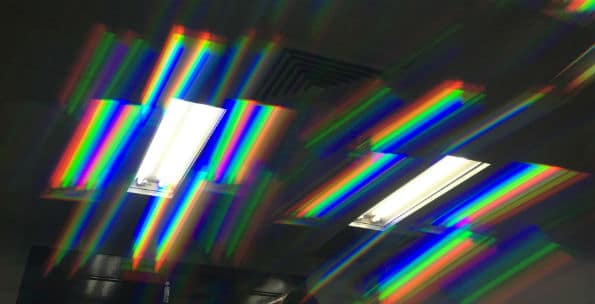
Fireworks glasses are fantastic as they split white light into rainbows using a diffraction grating. Very cheap and easy for anyone to use. The sorts of patterns you can see can see below:
Want some fireworks glasses? Check out our online store here:
- Make gigantic bubbles in sunlight
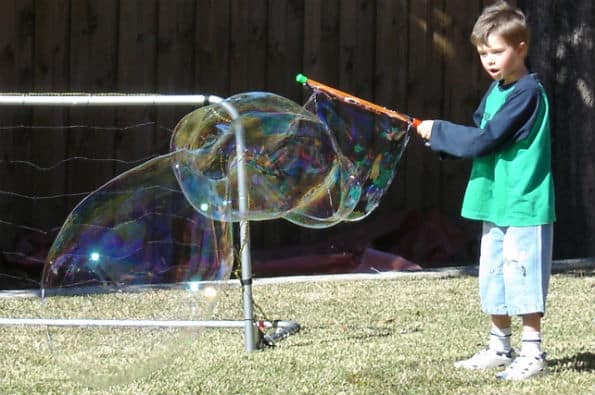
Bubbles naturally split white light up into the visible light spectrum… plus what kids doesn’t love bubbles?!? Plus, if you’ve got a access to a dark room and a torch you can shine a white light through the bubble and produce a series of coloured rings around the bubble which are actually interference patterns… part of the evidence for showing that light might have a waveform!
- Discuss why sunsets are red
This is a classic question that kids have about our world. The daytime sky appears blue because this blue light is scattered more readily towards us, known as Rayleigh scattering. During sunset the sunlight is still scattered, however, the blue light is scattered away from our eyes leaving the oranges and reds that you see.
Here’s an experiment that shows kids easily how this works:

There are so many things you can do with light and colour mixing. You can check out more of the free light & colour science experiments on our website or alternatively it might be worth having one of the educators pop over to your school as an incursion or a video conference. Either way, using the Vivid Light, Music & Ideas Festival as a reason to teach science will certainly brighten your student’s lives 🙂
NEW Primary science teaching book!
“Be Amazing! How to teach science, the way primary kids love”
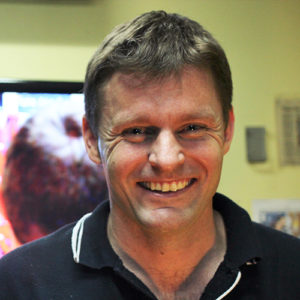
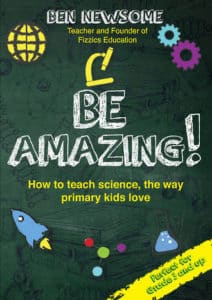

























Comments